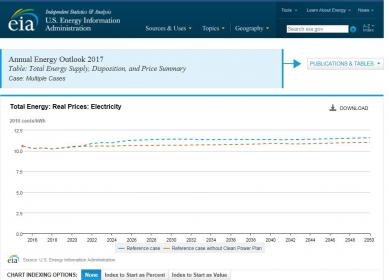So we had an evaluation done today for solar panels. We use on average 1500 KW a month/. The house sits front facing East and the back faces West. We had a system designed for 108% production. It also has 2 storage cells that should power the house for 2 days when we loose power. Any added charge the solar cells can make will extend that time.
The cost to lease the system is about $30 a month less than the current average electric bill. There’s no out of pocket expenses for the system. That said there’s a 2.9% annual increase to the charge and they don’t let you have the storage cells with the lease option.
The cost to purchase the system is just shy of $67,000. There’s a 30% tax credit that is still given taking about $20,000 off the price. The 2 storage cells are $11,000 of the price (we loose power regularly here). If we were to finance it through them for 20 years (the system is monitored and warrantied for 20 years storage cells are warrantied for 10) the monthly payment would be around $330 a month. That’s about $100 more than the average bill. So for $100 a month we’d have about 2+ days off power if the grid goes down. The production rate of the panels should leave us with a net annual surplus of energy with a buy back rate is wholesale, or about half what they sell it to you for. The degradation rate of the panels is .5% (.005).
So that’s what I know so far


